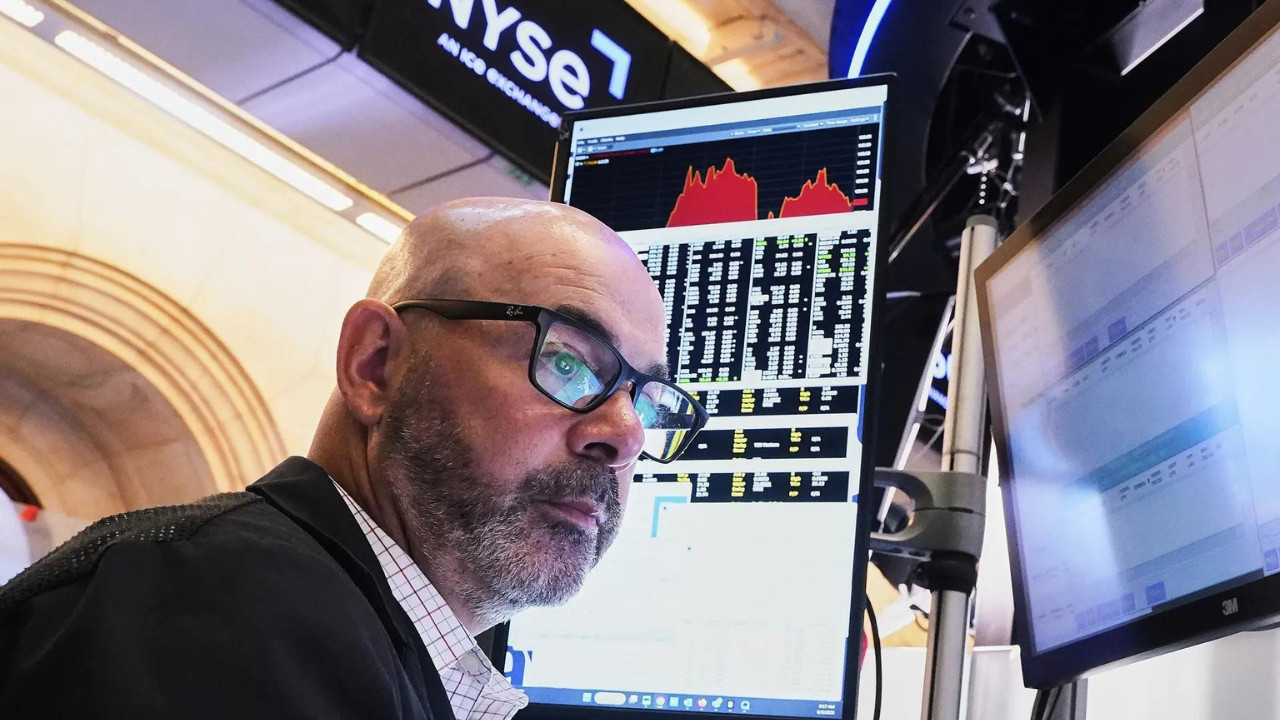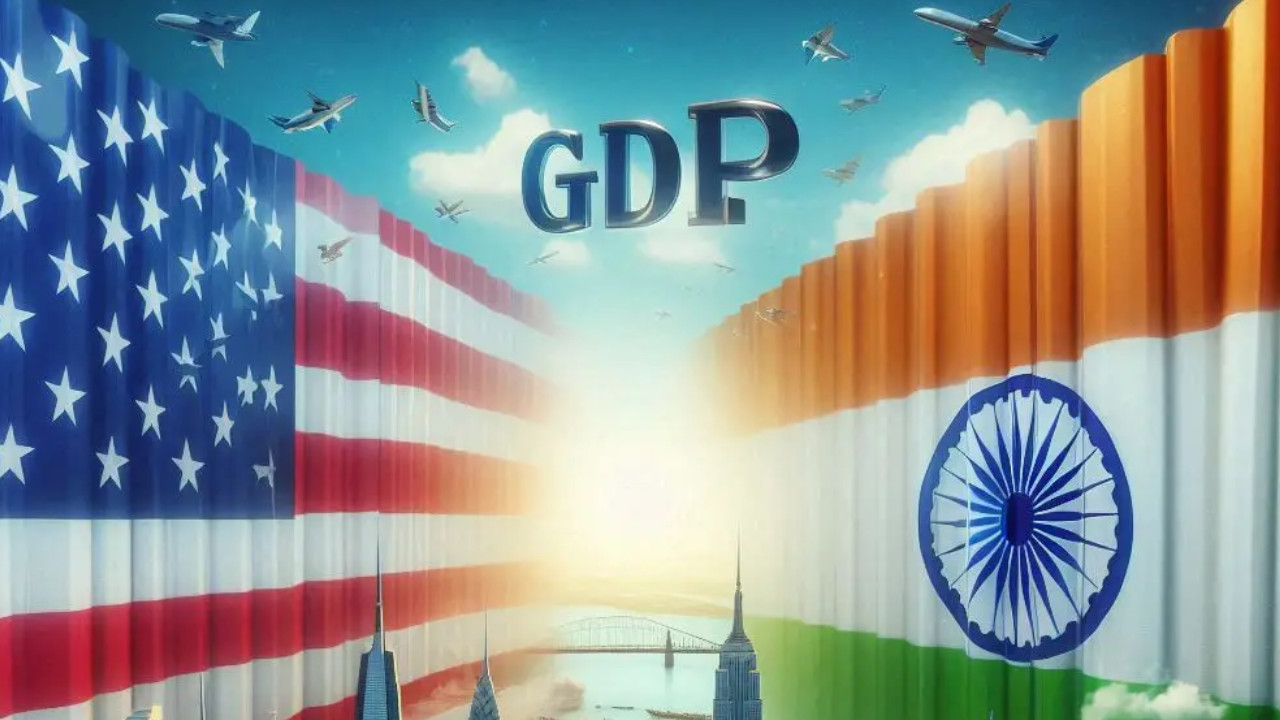US stocks showed stability as inflation reports suggested that President Trump’s tariffs haven’t significantly increased prices yet. Global equities rose due to renewed US-China trade negotiation frameworks. Despite analyst skepticism, optimism remains, with markets awaiting further signals from trade talks and the Federal Reserve regarding interest rate decisions amid ongoing inflation and tariff uncertainties.
Wall Street’s Wobble: Are We Just Catching Our Breath, or is Something Brewing?
Okay, let’s talk about Wall Street. Yesterday wasn’t exactly a party, was it? The Dow, the Nasdaq, the S&P 500 – all feeling a little under the weather. It wasn’t a catastrophic plunge, more like a collective stumble. But these little stumbles can be surprisingly revealing. So, what’s going on?
Honestly, there isn’t a single, definitive answer. The market’s a complex beast, driven by a multitude of factors. Think of it like a giant ecosystem; a change in one area ripples outwards, affecting everything else. And right now, there are a few noticeable ripples making waves.
First up, let’s talk about the US-China relationship. Trade tensions have been simmering for years, and the occasional flare-up is practically baked into the cake at this point. News trickled out hinting at renewed friction between the two economic superpowers, and that always makes investors a little nervous. Why? Because it throws a wrench into the gears of global trade, potentially impacting supply chains, consumer prices, and corporate earnings. Nobody likes uncertainty, and trade disputes are essentially uncertainty on steroids.
The article mentions a potential slowdown in talks, a sticking point over tariffs, and let’s face it, some inherent mistrust that seems to plague the relationship. While both sides might publicly express optimism, the undercurrent of competition – and sometimes outright antagonism – is hard to ignore. This kind of geopolitical uncertainty tends to make investors a bit skittish, prompting them to pull back and re-evaluate their positions.
Then there’s the ever-present elephant in the room: inflation. We’ve all been living with it for a while now, and the Federal Reserve’s aggressive interest rate hikes have been the primary weapon in the fight against rising prices. The hope, of course, is to cool down the economy without triggering a full-blown recession. It’s a delicate balancing act, a tightrope walk with potentially disastrous consequences on either side.
The recent jobs report, while seemingly positive on the surface (more jobs!), also hinted at persistent wage growth. And that, my friends, is a double-edged sword. Higher wages are great for workers, of course, but they can also fuel inflation if companies pass those costs onto consumers. So, the Fed is likely watching these economic indicators with hawk-like intensity, trying to gauge whether further rate hikes are needed.
The market’s reaction yesterday could be interpreted as a pre-emptive shrug, a recognition that the Fed might indeed need to keep the pressure on. Higher interest rates make borrowing more expensive for businesses, potentially slowing down investment and growth. That’s why investors tend to react negatively to the prospect of continued monetary tightening.
Beyond these macro factors, it’s worth remembering that the market had been on a pretty good run recently. After a tough 2022, we’ve seen a solid rebound in many sectors, particularly in technology. Sometimes, a little dip is just a natural correction, a period of consolidation after a period of strong gains. Think of it like exhaling after holding your breath. You can’t just keep going up and up forever.
In fact, I’d argue that a healthy dose of skepticism is always a good thing in the market. Euphoria rarely ends well, and a bit of caution can prevent us from getting too carried away. Perhaps yesterday’s wobble was a reminder that markets can be unpredictable, and that even the best-laid investment plans need to be regularly reviewed and adjusted.
The article also alludes to some specific sectors that were particularly affected, although it stops short of naming them. It’s safe to assume that sectors sensitive to interest rate changes (like real estate) and those heavily reliant on global trade (like manufacturing) were likely feeling the pressure.
So, what’s the takeaway from all this? Should we all panic and sell everything? Absolutely not. Panicking is rarely a good strategy when it comes to investing. Instead, take a deep breath, zoom out, and look at the bigger picture.
The market is a dynamic system, constantly reacting to new information and adjusting its expectations. Yesterday’s dip might be a temporary blip, a minor correction in an otherwise upward trend. Or it might be a sign of more significant headwinds to come.
The key is to stay informed, understand the risks, and make decisions that align with your long-term financial goals. Don’t get swayed by short-term market fluctuations, and don’t let fear or greed drive your investment choices.
Instead, focus on building a diversified portfolio, stay disciplined with your investment strategy, and remember that investing is a marathon, not a sprint. And maybe, just maybe, Wall Street’s wobble yesterday was simply a reminder to pace ourselves. Because in the long run, slow and steady often wins the race.
📬 Stay informed — follow us for more insightful updates!







